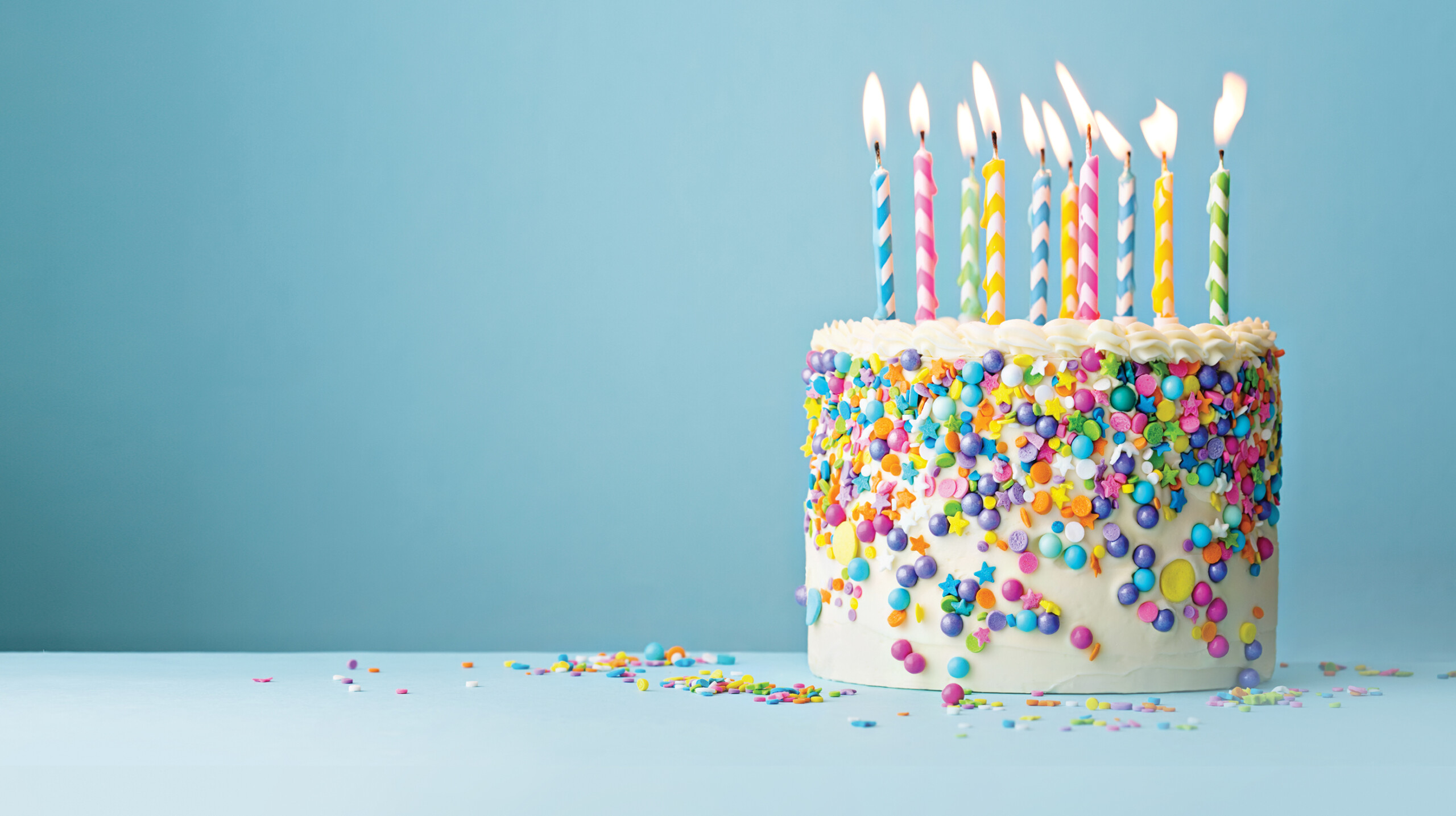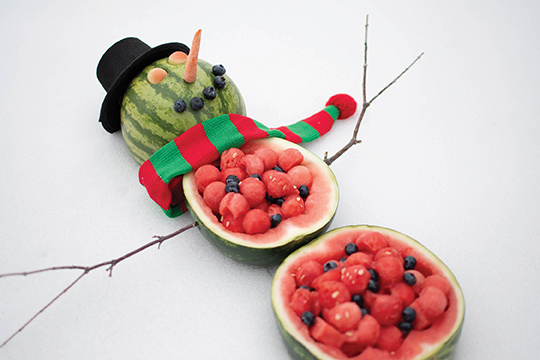You probably know the formula for how many kids to invite to a birthday party: one guest for each year of your child’s age — three for a 3-year-old, six for a 6-year-old, etc.
Delaware Valley party entertainers don’t necessarily use that equation, but they do agree that “the younger the kid, the simpler you should keep the party,” as David Perry of David Perry’s Drawings and Songs puts it. “I’ve been to parties where the poor little birthday child gets overwhelmed, over-stimulated and burned out before the party is 10 minutes old,” says Perry.
Age 1. “The simpler, the better,” says Lynn Bennett, a former preschool teacher and co-founder of Children at Play, a party center in Bear, DE for “crawlers” to age 6.
“We do a lot of 1-year-old birthday parties, some where parents go totally overboard with decorations and a theme. The child really doesn’t know what’s going on. It’s better to just let the kids have fun,” she says.
“At age 1, a child doesn’t understand the concept of ‘birthday party,’ says Kimberly Hargis, founder of the website Mom’s Break (www.momsbreak.com). “He is getting a lot of attention — which is all a 1-year-old wants or understands anyway.”
Age 2. “It’s important that the party be comfortable. A 2-year-old really wants to know the parents are close by,” says Vibha Agrawal, owner of Monkey Joe’s Philly, a party center in Pottstown, PA.
“Free play works best at this age,” says Bennett. “It gives kids an opportunity to enjoy things that they choose and like. They’re able to play on their own terms.” She adds that costumed characters are a bad idea. “Ninety percent of the time kids are afraid of the character.”
Age 3. At this age, you can try a game such as “who can stack the blocks the highest?” suggests Hargis. But at this age, kids “still are not able to understand structured games very well. They only know if they do something better than other children, everyone will give them attention.”
Natalie Foxhill of South Jersey-based Amazing Face Painting says this is the age at which kids begin to love having their faces painted. “They can’t put down the mirror,” she says.
Ages 4-5. Children are ready for short games and activities at this age. “Kids need to be 31⁄2 to 5 before they’re able to sit down, take 10 minutes to put this craft together, listen to a story or watch all of the puppet show,” says Bennett. “But moonbounces work well for all ages.”
Foxhill agrees. “A moonbounce is the best babysitter in the entire world. It gives the adults a wonderful opportunity to sit back and talk to each other. Just bring out a table and park lawn chairs in front of it,” she says.
“Games such as musical chairs or carrying a hard-boiled egg on a spoon to the finish line without dropping it can be appropriate,” says Hargis.
For 5-year-olds, she suggests hitting a piñata full of candy, dancing to music and freezing when the music is stopped to see who looks the silliest or playing pin the tail on the donkey (using Velcro, not pins).
However, warns Hargis, “Games will be played and finished much sooner than you think. Consider having a few of your child’s favorite videos on hand. Even if the kids have seen them 100 times, they will enjoy them.”
Ages 6-9. “By age 6, kids like being physical,” says Bennett. “They like big equipment, things like a soft-sculpture school bus they crawl through or the slide.”
Contests work at this age. “They love limbo,” says Agrawal. “Before this age, it’s just fun. But at 6-7-8, they’re really in it to win. They love to be announced as the winner on the PA system.”
Perry, who provides both music and drawing activities, says “the younger kids are, the more they’re into the music and the silliness of things. As they get older kids are more into artwork and the more sophisticated learning of things. They don’t want to hear things they already know. They want to hear something new.”
Tammaro says the food she helps kids cook doesn’t change much by age, “it’s what they do with it. For younger children, I would have chicken cut up for them, but 8- or 9-year-olds enjoy a lesson on how to cut the chicken for a pot pie.”
Hargis suggests simple overnight “slumber parties” for girls and “all-nighters” for boys, with plenty of junk food, movies and video games. “As long as you let the kids stay up all night and sleep in half the next day, this type of party can still be ‘cool,’” she says.
Ages 10-12. “Something happens from age 9 to 10,” says Perry. “They become a different species. Younger kids tend to be very self-expressed and in the moment and do what they’re inspired to do. Older kids tend to glance around the room, see what their peers are doing. They’re more self-conscious, more into seeking approval.”
“A face painter for older kids can’t be dressed like a clown,” says Foxhill. “The party can’t be too ‘kiddie.’ I use gem stickers, henna and air-brush tattoos at this age.” Older kids, says Perry, “want to be challenged, they want to feel like they’re figuring things out. They’re more capable of helping me draw a picture or complete a joke.”
Hargis suggests having a bigger-than-usual party for 10-year-olds — “and reminding your child that ‘big parties’ like this will not be done every year.” This age is good, she says, for parties at a venue such as an amusement or sports center.
Teens
Overnight parties still work for younger teens, says Hargis. So do pizza and pool parties. Let your teen decide the theme, within reason.
Guests can compete in a karaoke contest or form teams for games such as Pictionary, Cranium, or Scene It. They can each bring a favorite food, or vote ahead of time on what DVD to watch or which movie to go see together.
“With teens, usually what I’ll do is a caricature party and leave music out of the equation,” says Perry. “At that age they are so into cartooning and art, it hits them in their wheelhouse. They get a huge kick out of kibitzing each other as they’re being drawn.”
By letting your teen choose the theme and agreeing on ground rules ahead of time, you should be on the same page. Your job during the party is to observe at a discreet distance and if trouble arises (perhaps signaled by a code word from your child), play the “bad cop” so your teen doesn’t have to.
Stanley Thomas is a local freelance writer.






